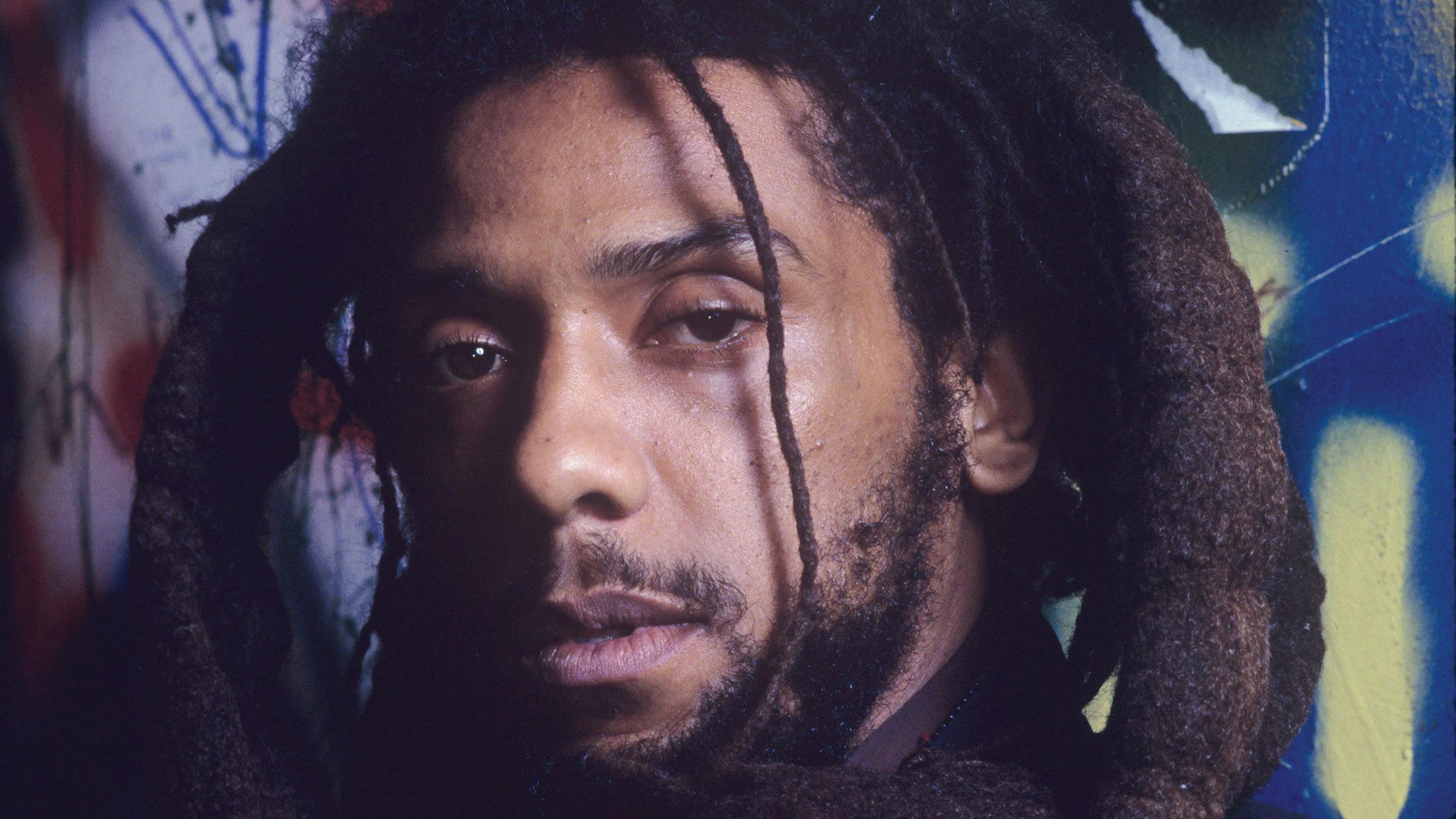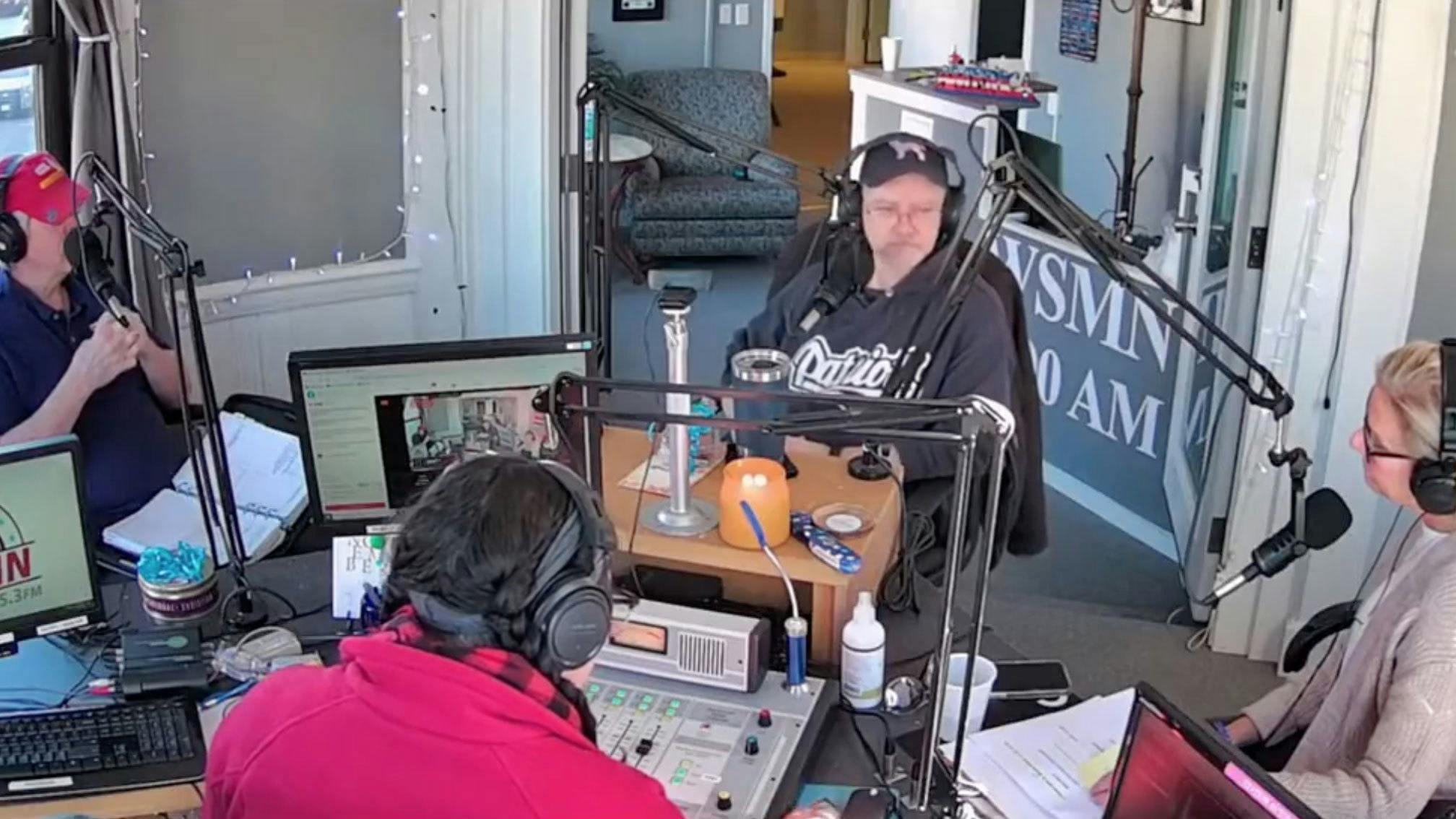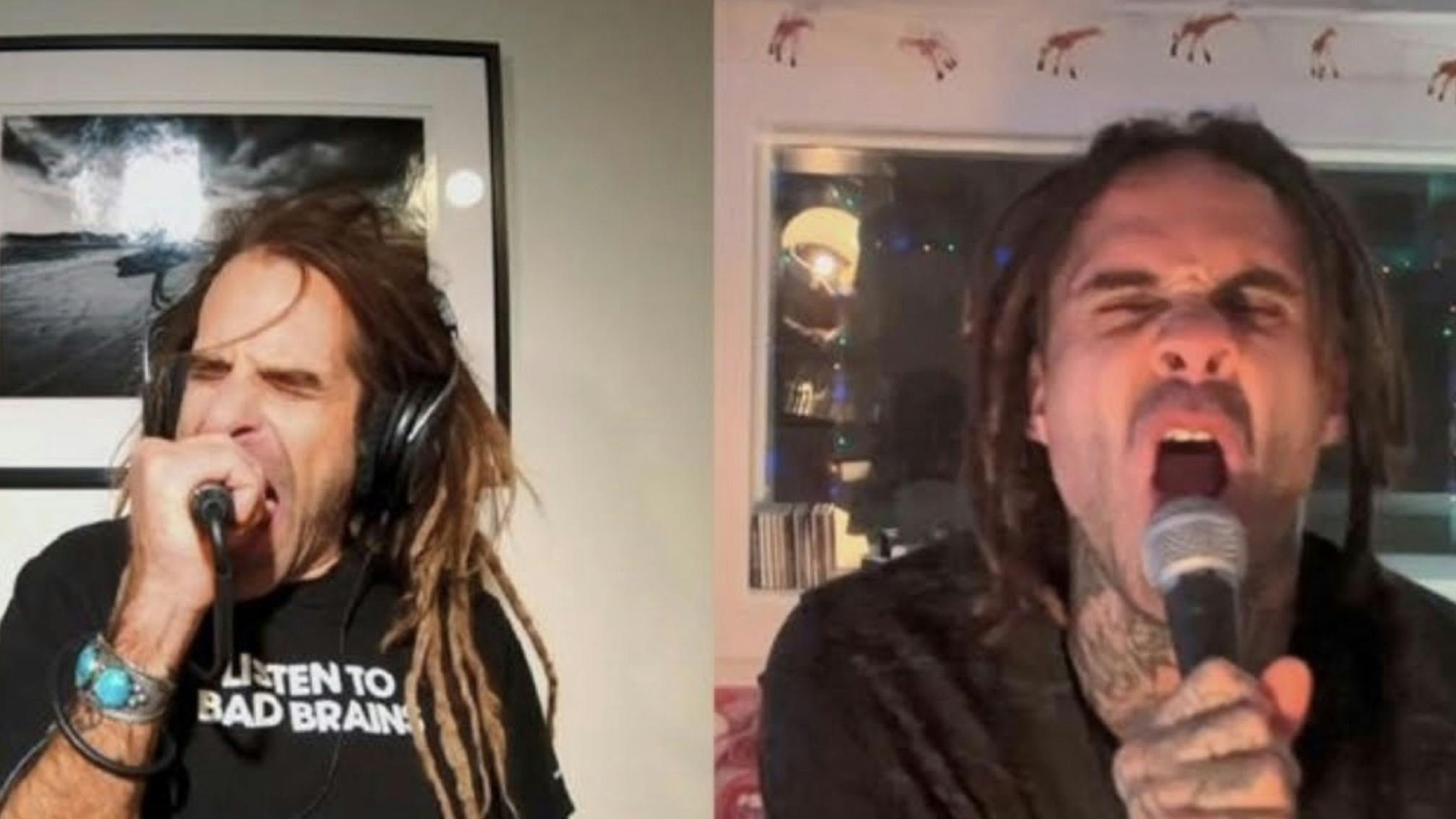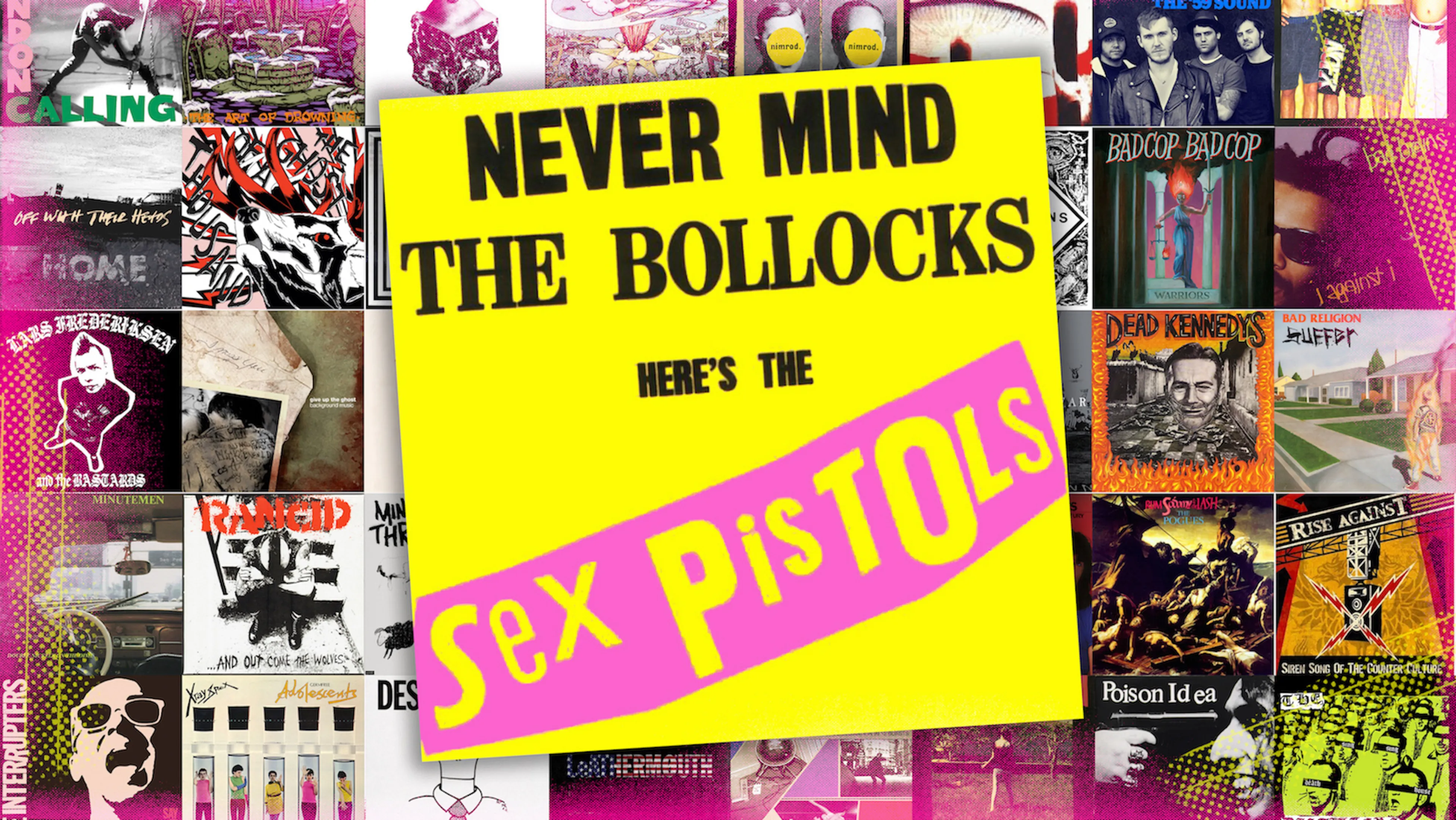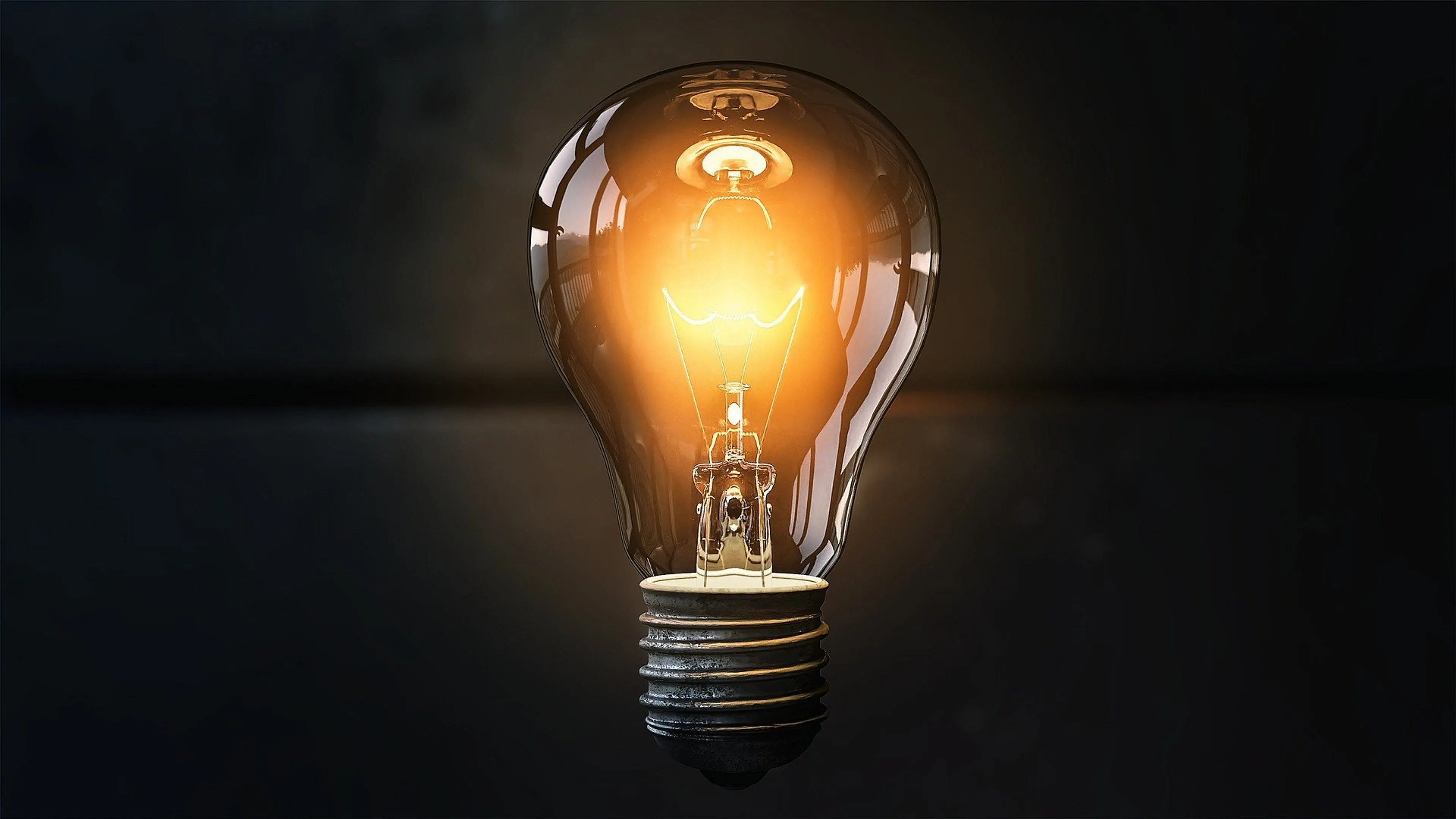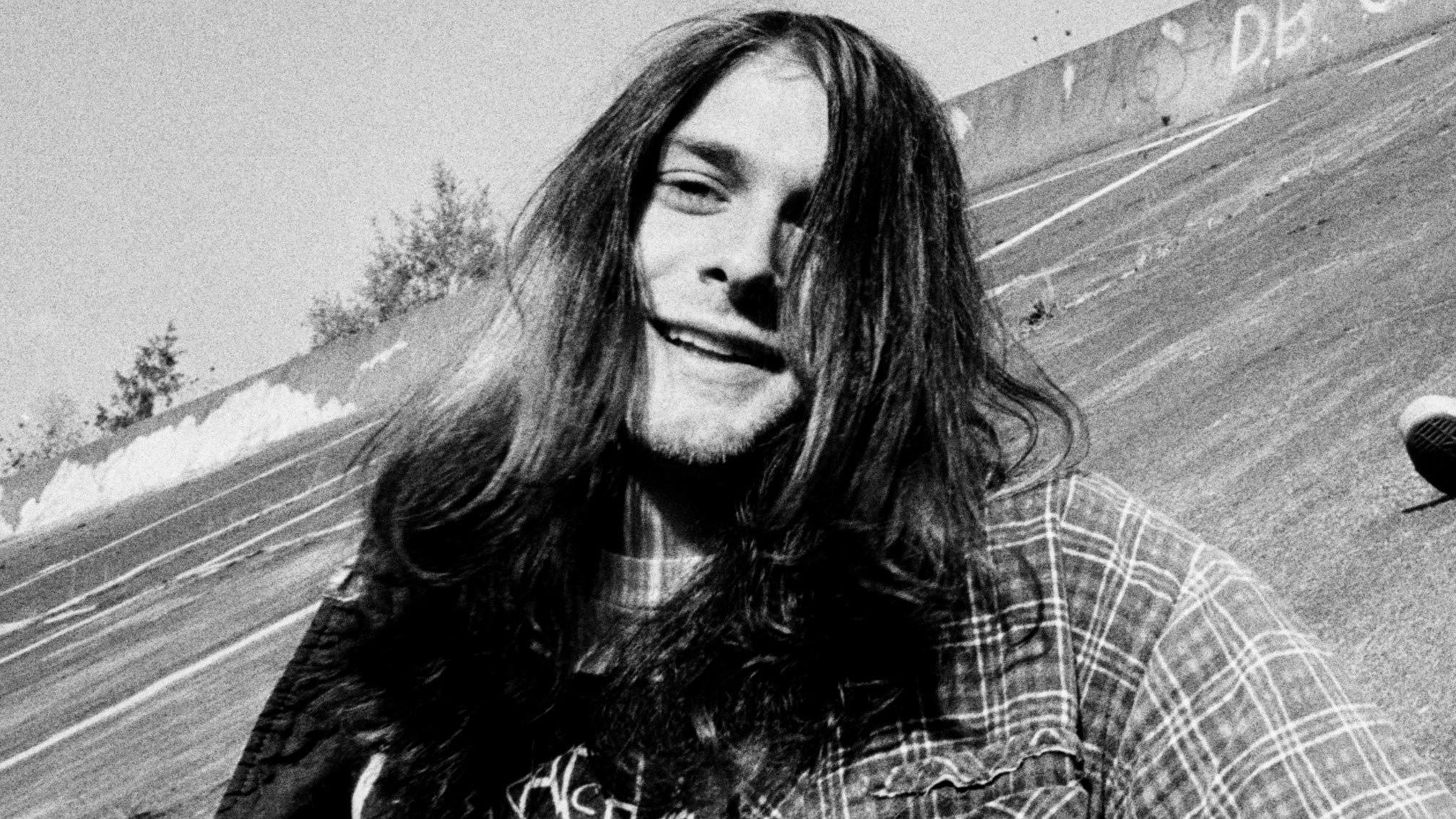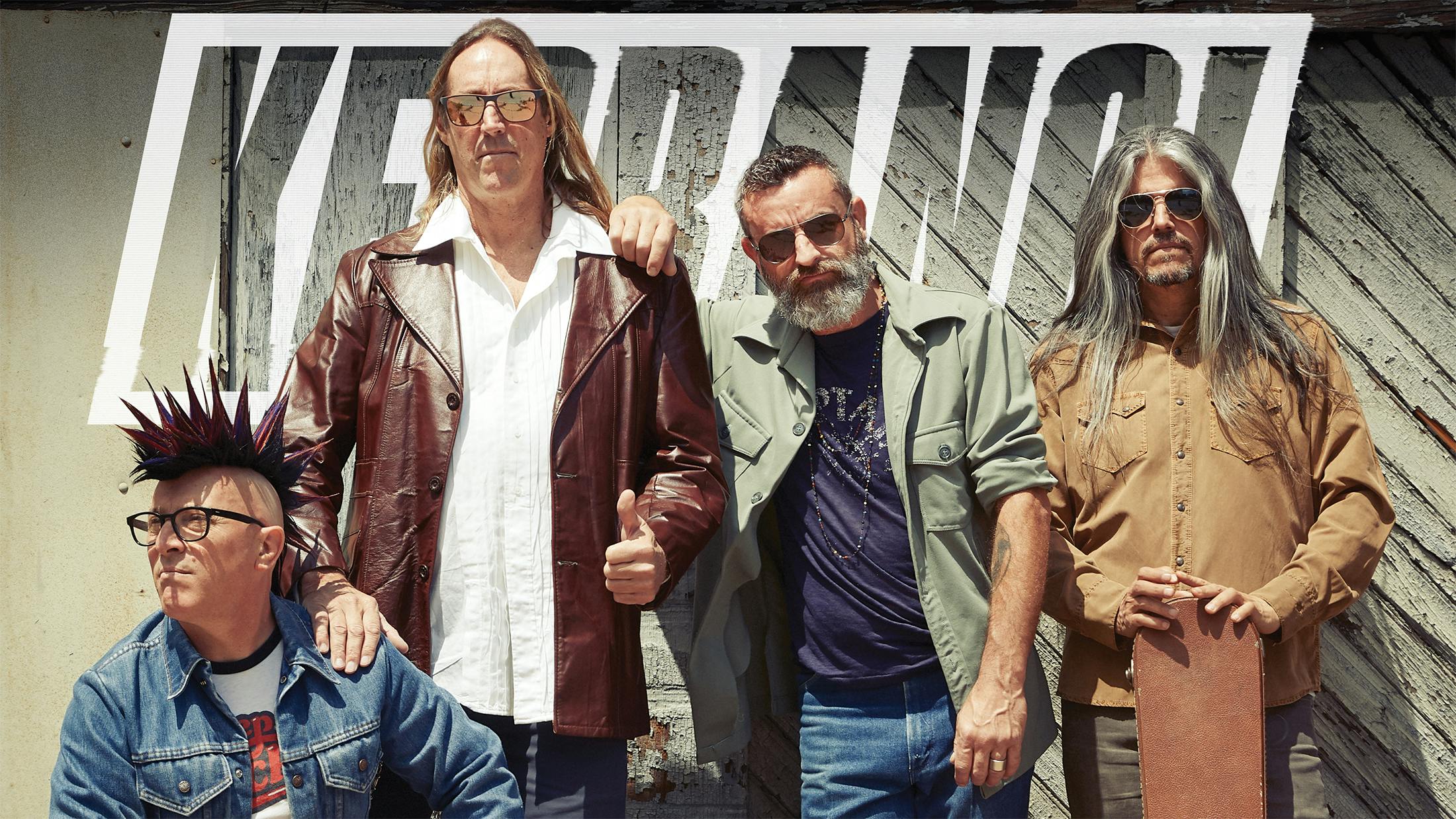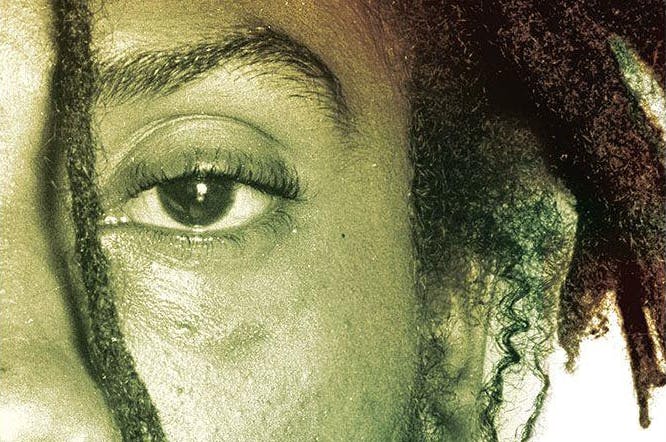Tell us about playing with Bad Brains in the earliest days.
“Earl and Darryl were in junior high school together when I was in high school, because I was a little bit older. The three of us would jam once in a while, but Darryl was always in a band and they once put out a song called The Booty. But I was driving one day, I had a Camaro, and I saw Darryl walking so I pulled over and asked if he needed a ride. And he said, ‘Yeah, sure man.’ We got to talking and we said, ‘Okay, let’s start a band together.’ Darryl was the youngest of us. A friend of ours asked us if we’d ever heard any punk rock before, and we said, ‘What do you mean, punk rock?’ because we were into [progressive jazz band] Return To Forever and stuff like that. So one day this guy invited us over to his house where we heard all these records by bands like the Dead Boys, the Sex Pistols and the Ramones; all of these punk rock groups. So we started listening to the singles, but by mistake we played them at 78 [rpm] so they were way too fast! Later, we got a house down in the DC area, where we used to have parties in the back yard and the basement, which is when it all started for us. That was when we decided we were going to be a punk rock band, ‘cause we had liked what we had heard. But I thought that the lyrics could be a little more positive. So that’s why the Bad Brains were a little more positive than the other punk rock groups. We actually changed our name to the Bad Brains. Originally we were called The Thunderbirds.”
Where did you play your first gig?
“We actually played our first gig in New York, at [legendary, now closed punk club] CBGBs. Every Monday they would have an alternative night for bands so we asked if it was okay to do a gig, and they said, ‘Sure man, you can play.’ People were expecting us to be a white band, but we were all black guys. People were like, ‘Woah, wait a minute, what is going on?!’ So at first it was kind of hard for us to get gigs elsewhere, but at CBGBs we were okay. And then we decided to go on tour to different places – California and so on – and right from the beginning the kids really liked what we were doing. It was all these teenage kids that supported us really. Then we heard that our music was getting on the charts in Europe, so we decided to go on tour there as well. Well, eventually. There was a group called The Damned who were first to say that they’d like to invite us to Europe. So we tried to hop on a plane – we were young boys, we didn’t know what was going on – and when we were asked for our passports at the airport we didn’t have any! So we had to turn back.”
It all sounds rather chaotic.
“Well, we met this guy called Mo Sussman, who told us that he wanted to be our manager. He decided to take us to a music store and he bought us all brand-new equipment, as well as a brand-new van. We had to move houses because people were complaining about us being too loud, so we moved out to the boondocks in the woods. And we would jam there at a fast and intense level while making the music as intricate and as accurate as possible. We tried to add jazz techniques to punk rock. We had heard about [LA punk band] The Dickies and what they were doing, so we tried to incorporate some of their sound as well. So we went ahead and tried to do that and everything sort of worked out.”
In 1982 you released your self-titled album, sometimes called The Yellow Tape and Attitude: The ROIR Sessions, which is now considered a punk classic. What was it like making that?
“This man called Neil Cooper had heard about the group and he came to us and said, ‘Would you all be interested in putting out a cassette?’ We told him that we’d like to, but that we didn’t really know what to call it. So we just named it Bad Brains. And when kids heard it, they caught on quick. And we certainly liked it. Neil Cooper came to see the group to see if we were as good as people said we were, and he found out that we really were. That’s how it all started.”
The following year you recorded Rock For Light with Ric Ocasek, a pop star with The Cars, overseeing production. What was it like working with someone like that?
“Somehow, he had heard about us in Arizona. At first he kind of caught us off guard, because he was this tall white guy in a pop band wanting to produce us. But he and Darryl got together and talked and he had convinced him that he really wanted to work with us. And it was actually really interesting and exciting to work with someone like that; from outside the punk scene. He got us into a studio and just said, ‘You go ahead and play what you play.’ And we can play any kind of sound. So we said, ‘Free up, free up, be free!’ and that’s how it started with Ric.”
